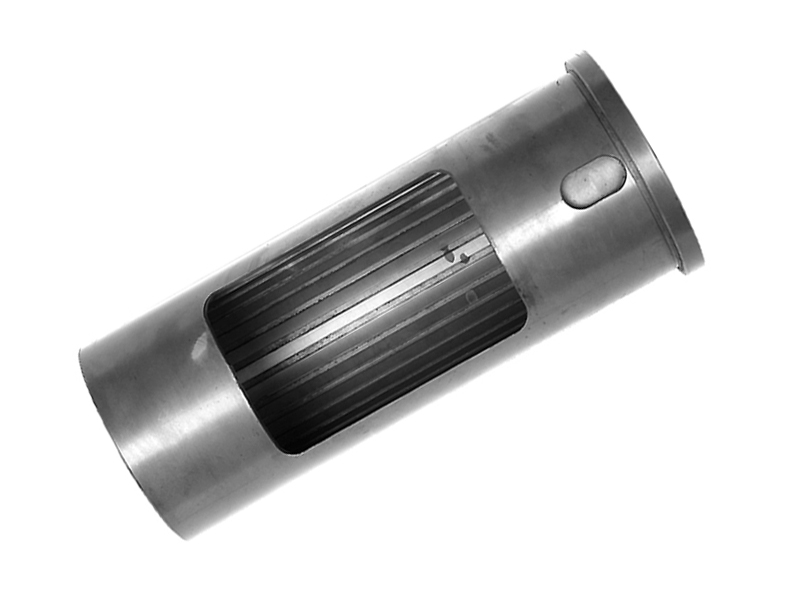

Before using a twin-screw extruder, we must first under […]
Before using a twin-screw extruder, we must first understand what kind of extruder we need, because there are many different types of machines on the market according to our different needs, so what types of these machines are there? ? There are mainly three types: co-directional meshing type, different-directional meshing type, and non-meshing type.
The specific type of twin screw extruder:
1. Co-directional meshing type
This type of extruder is divided into two categories: low-speed extruder and high-speed extruder. The former is mainly used for profile extrusion, and the latter is used for special polymer processing operations.
(1) Closely meshing extruder: The low-speed extruder has a tightly meshing screw geometry, in which the shape of the spiral edge of one screw closely matches the shape of the spiral edge of the other screw, which is also called a conjugate screw shape.
(2) Self-cleaning extruder: The high-speed co-rotating extruder has a closely matched spiral shape. The screw can be designed to have a relatively small screw gap, so that the screw has a closed self-cleaning function.
2. Non-directional meshing type
The gap between the two spiral grooves of the counter-intermeshing extruder is very small, which is much smaller than the gap in the co-rotating twin-screw extruder, so it can realize the characteristics of forward conveying.
3. Non-meshing type
The center distance between the two screws of the non-intermeshing twin-screw extruder is greater than the sum of the radii of the two screws.
Cleaning method of twin screw extruder:
1. Manually add the washing machine material from the discharge port of the twin-screw extruder until the color of the extruded bar becomes pure, then stop feeding, empty the material, and stop the screw rotation.
2. You can stop the extruder, pull out the screw, observe whether it is cleaned, and manually remove the residue on it. You can also add new materials to wash the remaining materials in the drum and stop the rotation of the screw.
3. First open the die of the twin-screw extruder, and then clean the die, take out the orifice plate by rotating the screw, discharge the washings remaining in the barrel, and clean the orifice plate. After installing the orifice plate and the mold, the cleaning is completed.
4. Pay attention to the feeding speed, and the current should be controlled within 60% of the full load. Don't fill up the material all at once. Because of its high hardness, it will cause a lot of friction and block the screw of the twin-screw extruder.
5. The screw speed of the twin-screw extruder should be the normal production speed, do not increase the speed artificially. If the material speed increases, it is likely to cause material degradation.
www.cjscrewbarrel.com
